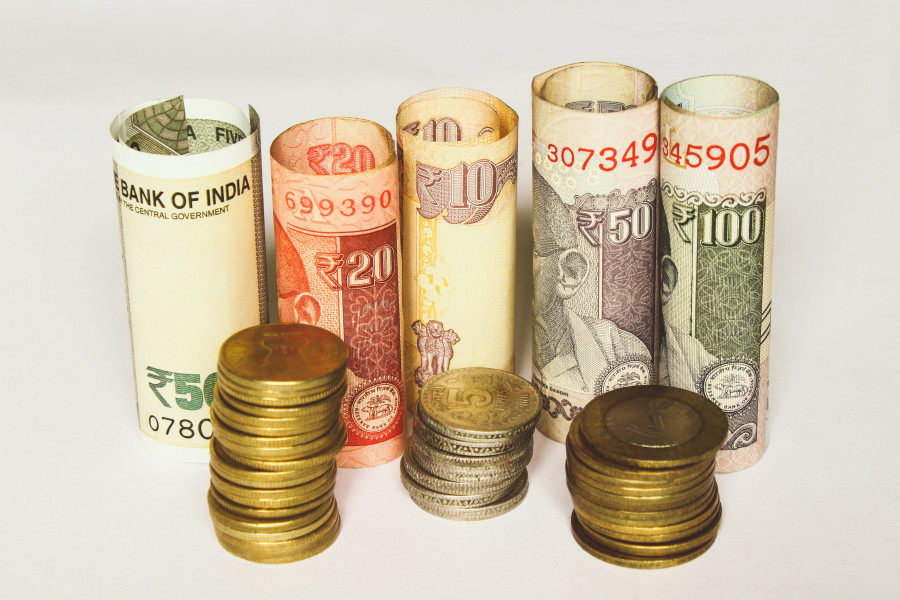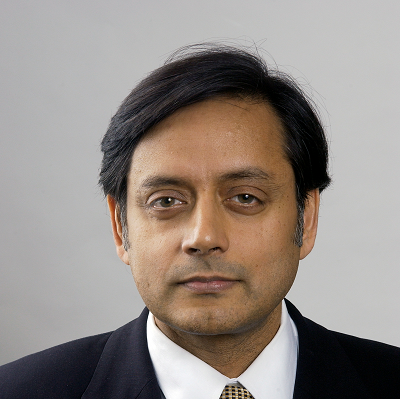Columns
Price of Modi’s economic incompetence
After eight years of Modi’s rule, the growth rate will be flattered by a lower base than even pessimists expected.
Shashi Tharoor
With India now in its 75th year of independence, perhaps the biggest disappointment has been the country’s failure to become an economic powerhouse. In more confident times, back in 2019, Prime Minister Narendra Modi had spoken of building a $5 trillion Indian economy by 2025. But with three years to go, and India’s GDP currently $3.1 trillion, it is difficult to find anyone who still believes he can achieve this goal.
India was supposed to benefit economically from what Modi called the country’s “3D” advantage—demographics, democracy, and demand. In particular, India would reap a “demographic dividend” owing to its youthful population: the median age in India is 28, compared to 37 in China and the United States and 49 in Japan, and more than two-thirds of its 1.4 billion people are of working age.
Instead, the economy has been stumbling, with GDP growth decelerating each year from 2017 to 2020, inflation rising, and unemployment reaching a record 23.5 percent in April 2020. India currently has 53 million unemployed people, and its labour force participation rate has declined from 58 percent in 2005 to just 40 percent in 2021—one of the lowest levels in the world.
Modi’s economic ineptitude since his first general election victory in 2014 has surprised even his critics. After more than a decade as chief minister of Gujarat, one of India’s most developed and industrialised states, Modi had sold himself to voters as a leader who would transform the economy and fulfil the hopes of the 11-12 million young and poorly skilled Indians who enter the labour force each year.
Almost eight years later, the hopes of young and old alike lie in tatters. Although Covid-19 and associated lockdowns caused the economy to contract by 7.3 percent in 2020, problems were apparent well before the pandemic. Battered by Modi’s disastrous demonetisation of large-denomination banknotes in late 2016, all of the economy’s major growth engines—consumption, private investment, and exports—remained subdued, and the government failed to provide a significant fiscal stimulus to end the slowdown.
On February 1, the government responded with a budget that finally offers public-sector stimulus, increasing spending to ₹39.45 trillion ($528 billion) in the coming fiscal year to boost infrastructure investment. But this will entail a projected fiscal deficit of 6.4 percent of GDP—almost certain to be exceeded—and record borrowing. The budget also neglects much-needed appropriations for the rural employment guarantee scheme, let alone measures to extend the scheme to the urban poor.
Meanwhile, India’s agriculture sector remains in crisis, with Modi deciding last November, following a year of street protests by farmers, to retract three laws he had bulldozed through parliament. And micro, small, and medium-size enterprises, which contribute 30 percent of India’s GDP, have struggled after demonetisation, and more than 6 million have closed.
Even the government’s attempted reforms have proved underwhelming. Labour and land reforms have been all but abandoned, while mini-welfare projects and cash handouts are back in vogue, boosting support for Modi’s Bharatiya Janata Party among poorer voters but alarming credit-rating agencies.
India’s national goods and services tax, which was expected to create a seamless countrywide market when it came into effect in 2017, was hobbled from the start by multiple tax rates and inconsistent exemptions, and has failed to live up to expectations until this year. Tax compliance in general has become a nightmare, while tax raids on hapless businesses make daily headlines, frustrating existing investors and deterring potential future investors. The government also has little to show for its privatisation efforts, beyond the recent sale of Air India to the Tata Group in a deal that will leave taxpayers footing the bill for most of the national airline’s accumulated losses.
The pandemic prompted Modi to proclaim atma-nirbharta, or self-reliance, as his economic goal, raising the risk that growing trade protectionism will supplant India’s increasing integration into global supply chains. Modi has imposed more than 3,000 tariff increases affecting 70 percent of India’s imports. Under the previous prime minister, Manmohan Singh, India entered 11 trade agreements; under Modi, it has not signed one.
A return to the restrictive regulatory environment that previously kept India’s GDP growth rates below 4 percent—derisively called “the Hindu rate of growth”—would be calamitous. But the government stumbles on, a prisoner of its own rhetoric.
Modi supporters often point to India’s impressive inflows of foreign investment. But this largely reflects portfolio investments in the usual information technology-related sectors, which add little in terms of new capital assets and create few or no jobs. More generally, the widespread perception in India that Modi is beholden to a handful of corporate interests, and tailors his economic policies accordingly, does little to enhance international confidence in the country’s economic future.
Glimmers of hope come instead from young Indian entrepreneurs, who have created hundreds of firms and more than 40 “unicorns”—privately held start-ups valued at more than $1 billion—in the last year. Meanwhile, the gig economy currently employs about 8 million Indians, though many are underpaid and overworked.
The World Bank predicts that India’s GDP will increase by 8.3 percent in the current fiscal year ending in March, and by 8.7 percent in the following 12 months, making it the world’s fastest-growing major economy. But, after eight years of Modi’s rule, the growth rate will be flattered by a lower base than even pessimists expected.
So far, Modi’s government has forestalled serious domestic unrest through a combination of small-scale welfare programmes, especially in rural areas, and polarising rhetoric targeting India’s minorities, particularly its Muslim population, in order to consolidate support among the Hindu majority. That such tactics may divide the country and derail its long-term progress does not seem to trouble Modi greatly.
But unless the economy returns to growth rates of 9 percent or more, India risks creating a mass of young, poorly educated, unemployed, and angry people—the classic formula for social and political unrest. If the government’s economic incompetence continues, hopes of a demographic dividend may turn into a nightmare.
—Project Syndicate




 17.12°C Kathmandu
17.12°C Kathmandu













%20(1).jpg&w=300&height=200)

